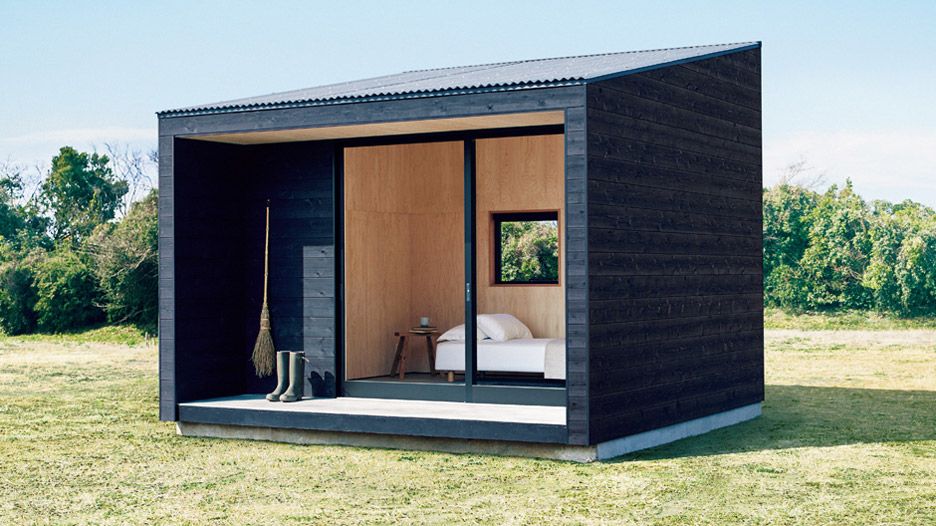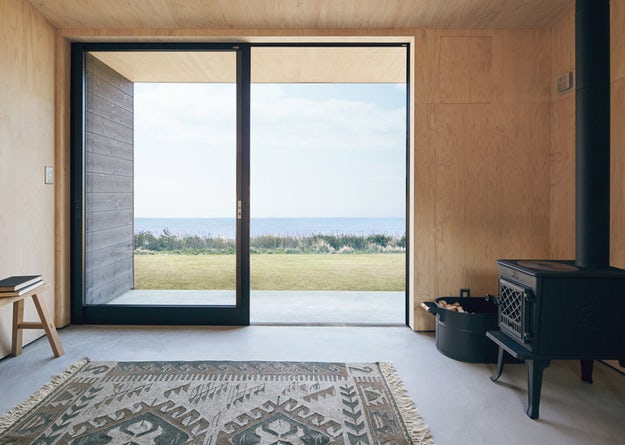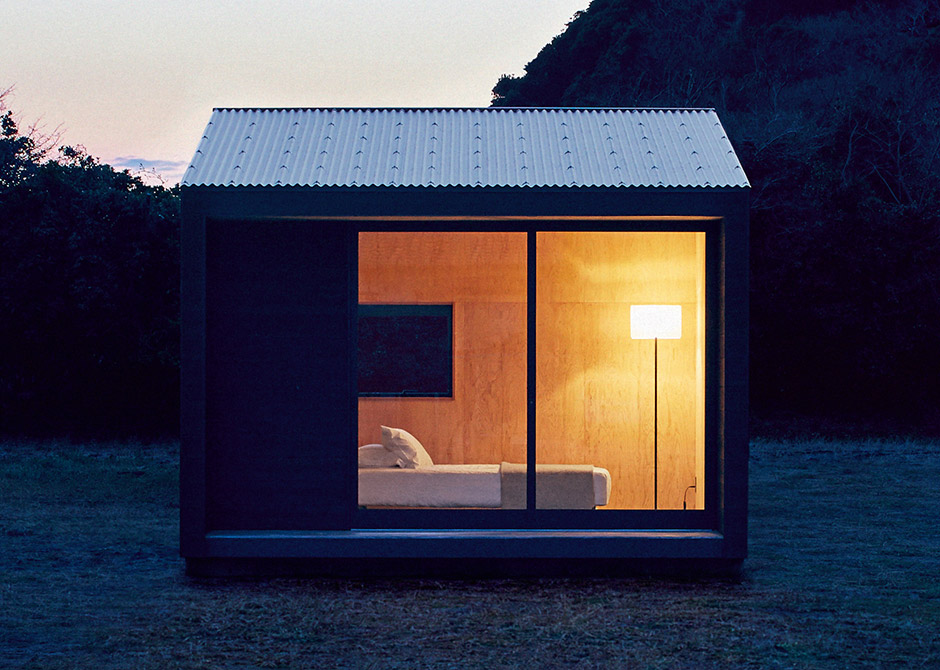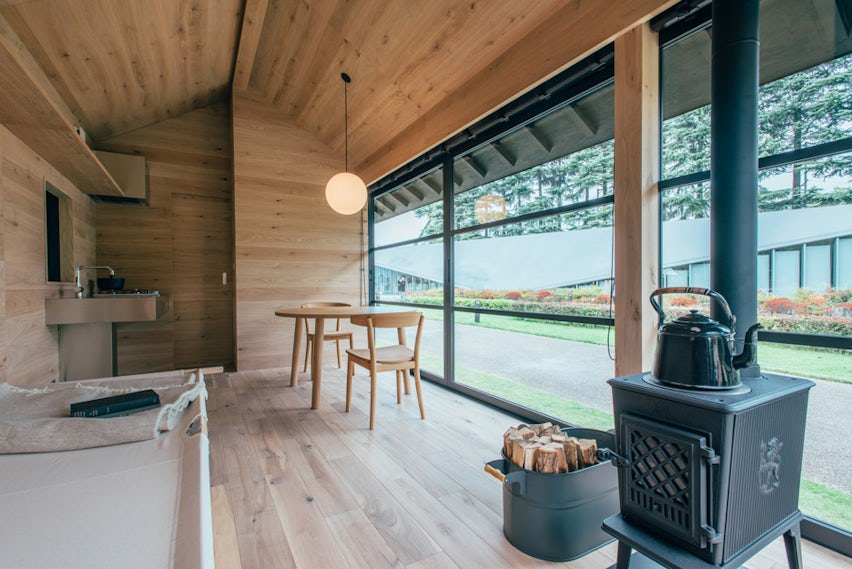Architects: Showcase your next project through Architizer and sign up for our inspirational newsletter.
The Japanese design giant Muji has long pioneered a simple, modern aesthetic. Their home goods have become synonymous with a kind of generic, anti-brand philosophy, the unassuming and yet delightful tools of everyday. Muji products often take on an archetypal quality, parsed down to their most functional elements, and yet never divorced from the delight and elegance found in simple solutions.
In recent years, Muji and its lead designers began applying this philosophy to architecture. Much like its products, Muji’s buildings are simple, unadorned vessels for human activity. Using low-cost materials and construction methods, these homes are accessible and adaptable, made with open-floor plans that each resident can adapt to their different needs. And yet there is an undeniable rigor to Muji’s approach to architecture, taking seriously the project of making buildings accessible, sustainable and most importantly feel like home.
Below, we showcase eight of the company’s most elegant design solutions, each of which possess a balance between the practicalities of prefabrication and the refined aesthetic language of Japanese Minimalism:



Window House by Muji, Japan
Window House is a prefabricated house that has been sold in Japan for many years now. It gets its name from the fact that customers can choose where the windows are put on the house, acknowledging the vital importance of the site-specific relationship between interior and exterior.



Rice Field Office by Muji and Atelier Bow-wow, House Vision 2016 Tokyo, Japan
This structure is a collaboration between Muji and Atelier Bow-wow for the House Vision 2016 exhibition in Tokyo. It encourages visitors to connect with the geography and history of rice cultivation, acting as a “rural office” for city dwellers.





Muji Village by Muji and Mitsubishi Estate, Chiba Prefecture, Japan
Muji Village is a housing development done in collaboration with one of the largest developers in Japan, Mitsubishi Estate. It seeks to rethink housing in Japan, proposing an alternative model based on the principles of “Green, Plain, and Community.” Each apartment is elegantly simple, designed to be both flexible and efficient, embedding storage into the walls and seating, allowing each resident to adapt the space to their changing needs.




Prefab Vertical House by Muji, Tokyo, Japan
Designed for the dense urbanism of Tokyo, the Vertical House pushes the boundaries of the open floor plan by forgoing any interior walls or doors, with a central staircase dividing each floor. Muji’s subtle minimalism can be seen at play in the combination of raw wood and clean white interiors.



Grcic’s Muji Hut by Muji and Konstantin Grcic, Tokyo Design Week 2015, Tokyo, Japan
Konstantin Grcic’s hut for Muji is intended as a retreat cabin, designed to the exact specifications to not require a building permit in Japan. The rugged aluminum exterior makes it an ideal prefabricated structure for any terrain or environment.



Morrison’s Muji Hut by Muji and Jasper Morrison, Tokyo Design Week 2015, Tokyo, Japan
A rural refuge for escaping the city, Jasper Morrison’s cabin is a simple “weekend retreat” that intends to alleviate the difficulty of building a home from scratch. Morrison reflects, “Whenever I think about going to the country for the weekend, I start imagining a small house with everything needed for a short stay: a place to cook, a place to eat, a place to wash, and a place to sleep.”



Fukasawa’s Muji Hut by Muji and Naoto Fukasawa, Tokyo Design Week 2015, Tokyo, Japan
Fukasawa’s hut has a refined simplicity to it. Fukasawa reflects, “There is a certain charm when you hear the word ‘hut’… Not quite a holiday house, yet not as simple as going camping. If there is a small hut, there is a feeling that one could slip into nature any time. I thought that living small in the smallest of structures is a Muji kind of living.”



Muji Hut by Muji
The design of the newest Muji Hut features a full-height façade of sliding glass doors and a small window in the back of the house that brings ample natural light inside the living space. The interior walls are made of untreated cypress plywood, while the mortar floor finish is strong and easy to clean. Each client can personalize the living space to their liking thanks to the flexibility of the tiny home.
Architects: Showcase your next project through Architizer and sign up for our inspirational newsletter.









